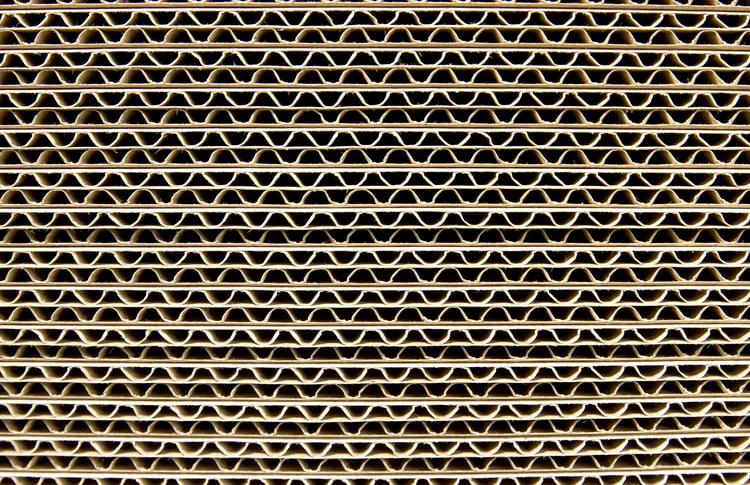
Corrugated boxes, commonly called cardboard boxes, are the go-to packaging solution for numerous products – and it’s easy to understand why. These boxes are not only sustainable and user-friendly, but they’re also made from recycled paper and boast exceptional recyclability compared to other packaging materials.
The durability of corrugated packaging can be attributed to its unique construction, which consists of multiple layers, including a liner and a medium, that safeguard the contents inside. Composed of heavy paper and arched layers called flutes, corrugated boxes possess an impressive strength-to-weight ratio.
This design makes corrugated packaging one of the most reliable options for long-distance shipping. Products packaged in corrugated boxes can typically withstand bumps, drops, and pressure without suffering any damage. Moreover, various protective packaging options can be easily incorporated into these boxes, further enhancing product protection.
However, it’s important to note that not all corrugated packaging is made equal. To achieve the best shipping results, it’s essential to adhere to specific size and thickness guidelines. Let’s delve deeper into these factors:
Why Does Corrugated Box Thickness Matter?
Thickness matters for several reasons, including strength, durability, cushioning, and overall performance.
- Strength: Thicker corrugated boxes generally provide greater strength and rigidity. This helps withstand external pressure, impacts, and stress during handling, shipping, and storage. The increased thickness also contributes to a higher load-bearing capacity, making it suitable for heavier items.
- Durability: Thicker corrugated materials are more resistant to wear and tear, ensuring that the box stays intact and protects its contents over time. This is particularly important for packages that must be shipped over long distances or stored for extended periods.
- Cushioning: Thicker corrugated boxes can provide better cushioning, absorbing shocks and vibrations during transit. This helps protect fragile or sensitive items inside the package, reducing the likelihood of damage.
- Stacking Strength: Thicker corrugated boxes are more resistant to crushing when stacked, allowing for efficient use of space in warehouses or during transportation. This can be crucial for businesses that need to optimize their storage and shipping processes.
- Printing & Branding: A thicker corrugated box often provides a better surface for printing and branding, which can be essential for companies looking to make a strong visual impact on their customers.
- Environmental Factors: Thicker boxes can provide better insulation and protection against temperature fluctuations and moisture, ensuring the contents remain in good condition throughout transportation and storage.
Corrugated Size & Thickness Guide
What type of corrugated is best suited to ship your product? Here's a closer look at the size and thickness guide, from least durable to most durable:

Flute Types
Corrugated flutes are essentially the wavy medium that exists between the pieces of straight liner board. If you cut any box, you'll come across the flutes that are designed to give it strength and durability.
Just as there are different types of corrugated boxes, there are also different types of flutes. The more appropriate the flute and the more walls a box has, the stronger it generally is. The most common flutes are B flutes, C flutes, and E flutes.
Let’s take a closer look at each of them in our corrugated flute chart:

Customize Your Perfect Corrugated Box
What box thickness and flute type is best for your product or application? The answer to this question will greatly impact the overall protection of your goods and the satisfaction of your customer.
The best first step that you can take in choosing the appropriate corrugated box is determining your item's weight, durability, and shipping and handling details. Our team of experts is happy to help you select the perfect box type and thickness for shipping your product.
Have questions about which type of protective packaging best fits your needs? Check out our free Protective Packaging Guide below which details the different types of protective packaging and filler materials:
Reach out today for custom requests, or explore our store of over 25,000+ items to find your perfect cardboard box.
Editor's note: This article was originally published in July 2019 and was updated in April 2023.
.png?width=845&height=137&name=Slice%203%20(23).png)
